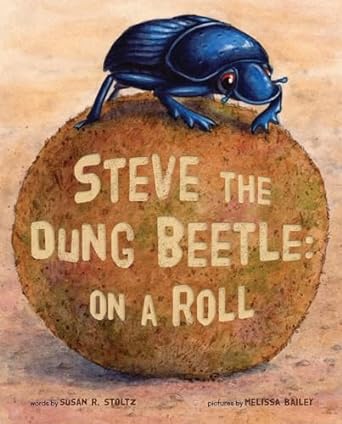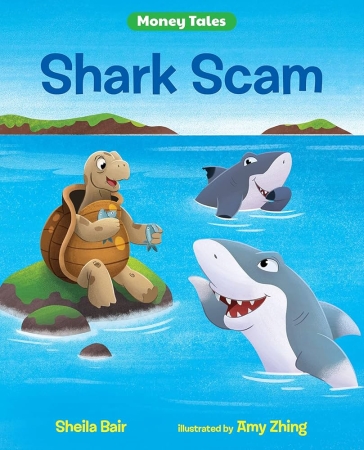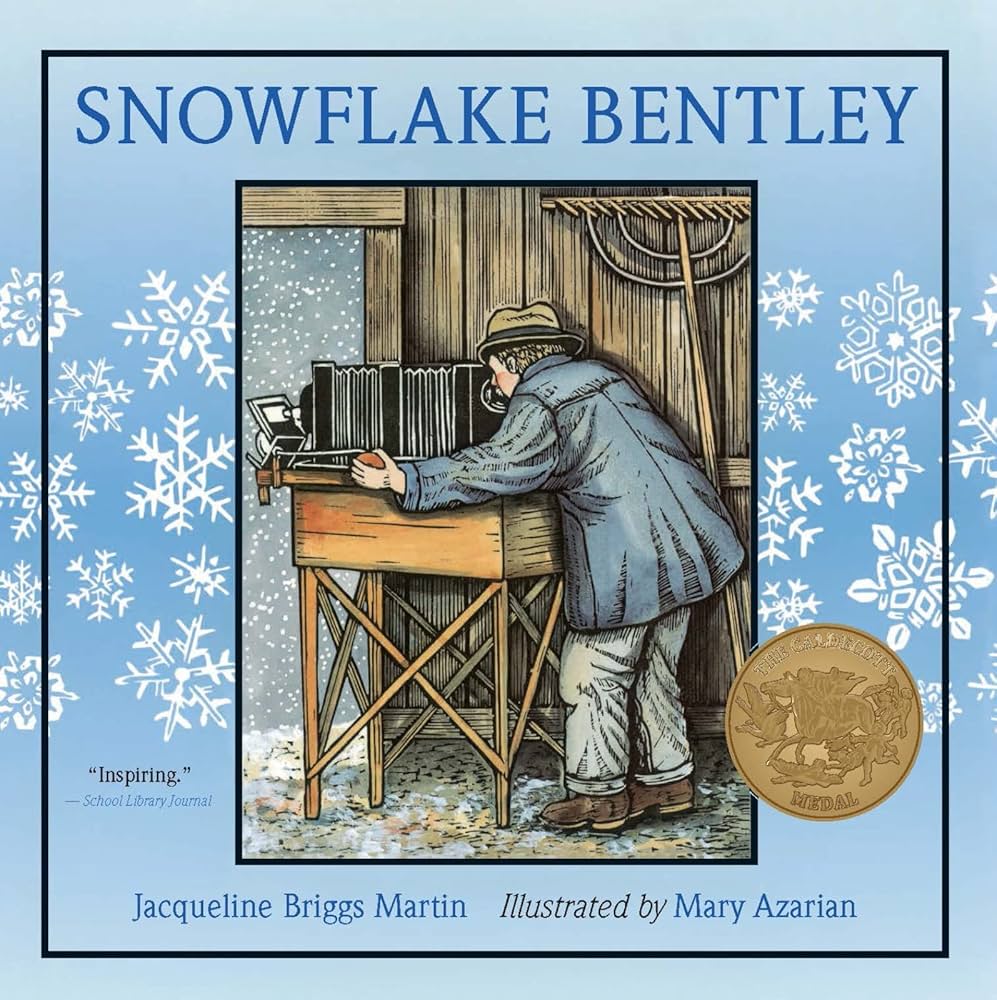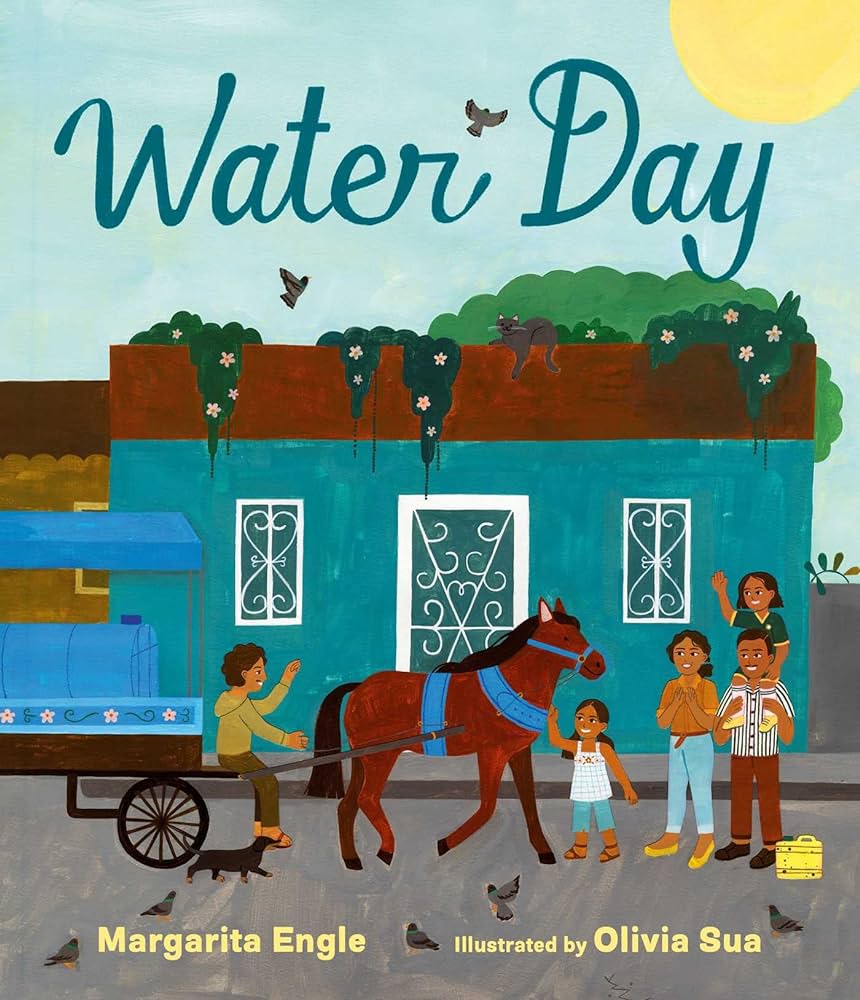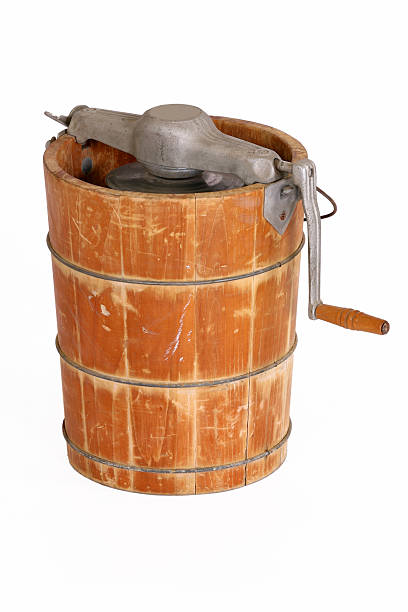2-3 Lesson Plans
These lesson plans are best suited to children in 2nd or 3rd Grade. They cover essential economic topics appropriate for children ages 7 to 8.
Dung Beetle Job Hunt (3-5)
Steve the Dung Beetle: On a Roll by Susan R. Stoltz shows how Steve’s rolling helps clean the environment and even provides important nutrients to the soil. By the end, readers will see how everyone, even Steve, plays a role in helping the community thrive—just like in a real economy where every job, no matter how small, is needed to make everything work together!
Money Tales: Shark Scam by Sheila Bair (3-5)
A giant tortoise learns that if something sounds too good to be true, it usually is. Whitey and Cahoots, two sharks, convince giant tortoise Arlene to invest in their sure-fire, money-making scheme. Arlene takes the bait. So do all her friends, and they discover the hard way what a Ponzi scheme is.
Snowflake Bentley: Scientist or Entrepreneur? (3-5)
Wilson Bentley, or the “Snowflake Man,” specialized in studying snowflake formation, laying the groundwork for crystallography research in snow and ice formations. Through his captivating snowflake photographs, Bentley sparked curiosity, indirectly contributing to education and human capital development. Based on the Caldecott Award winning book Snowflake Bentley by Jacqueline Briggs Martin
Water Day: Allocating Resources (3-5)
In this Water Day lesson plan, students explore the concept of supply by examining the availability of water in different scenarios. They learn about various methods to allocate scarce resources, such as prioritization and trading, through engaging activities. Students then analyze the difficult choices individuals and communities must make due to water scarcity. Through role-playing and discussion, they develop a deeper understanding of how limited resources affect decision-making and the distribution of goods and services.
Analyzing Factors of Production in Ice Cream Manufacturing from 1800 to Present (3-5)
In this lesson, students will explore the history of ice cream production, comparing and contrasting the factors of production in the 1800s with those of present day.

